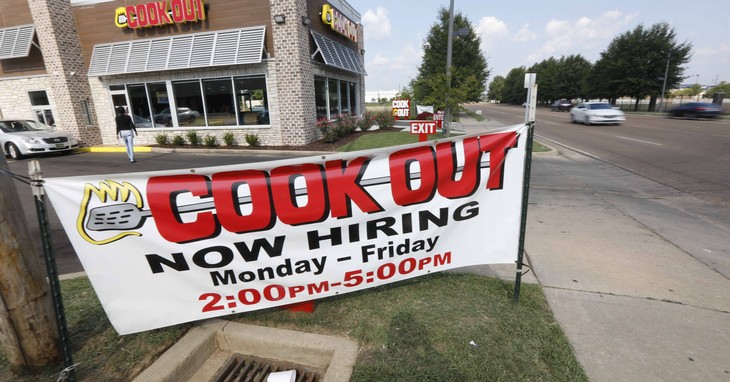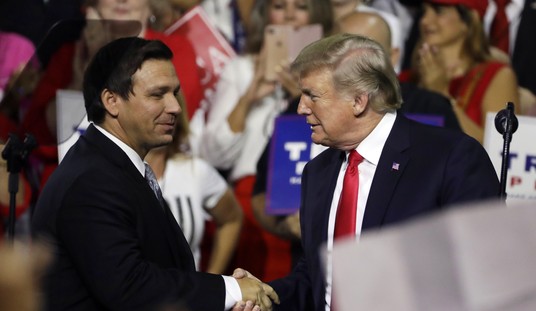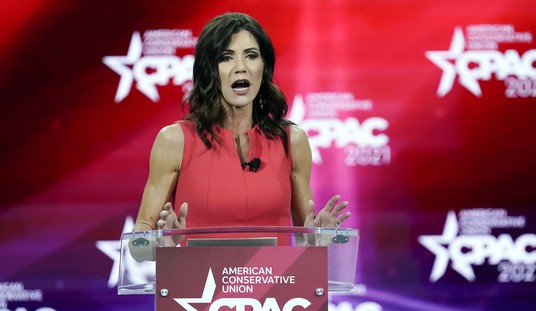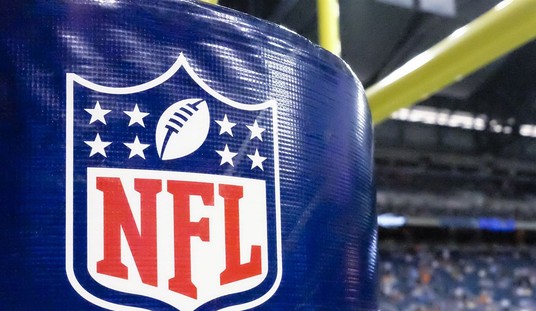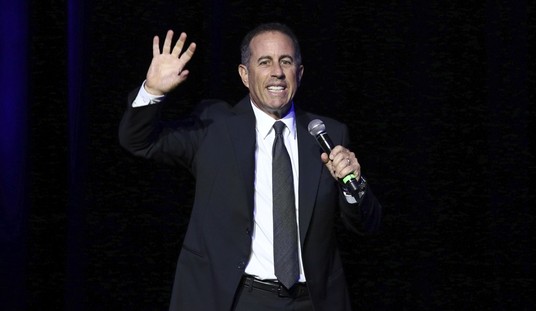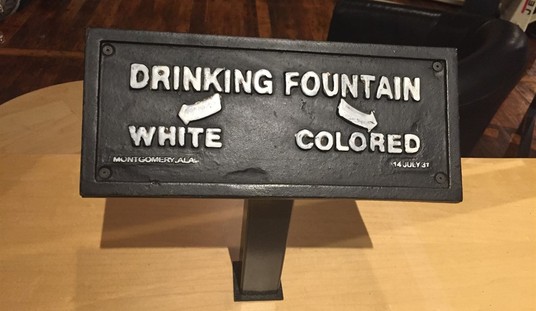Taking a look at the drinking industries as we emerge from the shutdowns.
July 4th served as something of America’s unofficial coming-out party in 2021. In many parts of the country, the holiday served as the mark when society, in general, was permitted to open back up. As a result of the new permissiveness for social gatherings, as well as gathering in public social businesses, there are a few surprises or fundamental changes to the marketplace we knew.
Many were operating with the assumption that nationwide alcohol consumption spiked significantly, but while there was a rise it was not the wild spike predicted. The rise was the largest seen in two decades, but the numbers appear more muted than anticipated. Overall in 2020, there was a jump by +2% per capita in alcohol consumption, but where the wild swings were found was in the shifts in our drinking choices. The pandemic caused alterations in our drinking patterns and selections, driven by select closures and the market availability of particular products.
It is interesting to see the decisions made in the marketplace, and it is worthy of analysis to see how we may have seen some tastes and preferences become altered as a result of the 2-week lockdowns which stretched into a year-long closure in some sectors.
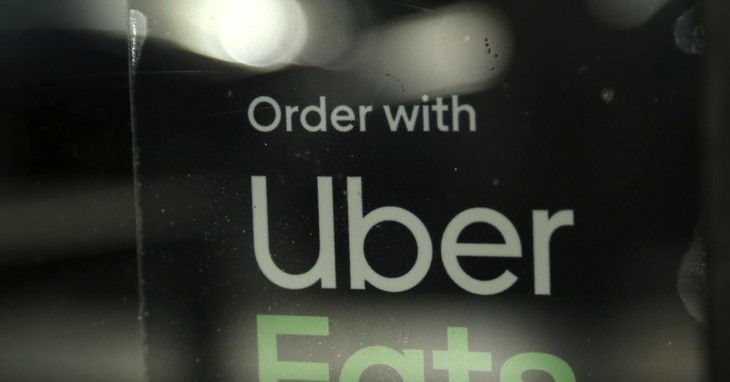
Old Behavior On The Rocks
For the sake of clarity (not pandemic pandering) the first detail to recognize is the beverage industry being set in two segments; on-premise sales and off-premise. The basic difference is the same as dine-in or take-out, but it mattered significantly when it came to the fact that so many bars and restaurants were closed for a duration. At the same time, grocers and even liquor stores were permitted to remain open as essential businesses, and this led to a herd mentality in purchasing as we awaited herd immunity.
While liquor sales did go up, there was a huge difference in how we acquired. Buying alcohol online exploded unsurprisingly, to nearly +33% last year. Benefitting from this were the delivery companies, with Uber Eats and DoorDash surviving on the increase, and the liquor-centric Drizzly becoming entrenched as a viable option.
In the categories of beer, wine, and spirits, it was the latter that experienced the largest increase, reaching a rise not seen in 40 years. This is due to people moving to liquor stores with their tavern-based budgets. Consider that a $50 bar tab might deliver a handful of drinks, but you can walk out of a liquor store with a couple of bottles for the same price. The volume increase gets distributed right from the start.
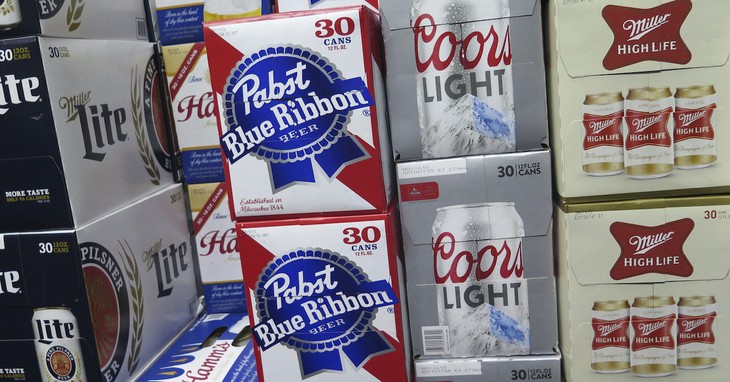
The biggest category rise was with tequilas, a near +16% growth that saw it surpass rum sales. Whiskey had an interesting year, as the sector saw a growth of +5%, even while the imports of Scotch and Irish whiskeys, impacted by the bar closures and import taxes, saw a drop in volume. Whiskey and bourbon show enough growth that it is expected next year to surpass vodka as the nation’s top spirit.
One sector that enjoyed huge success was in the ready-to-drink (RTD) package labels. These include the pre-mixed cocktails in a can, such as the Cutwater brand. This category was helped not only by those having to shop for their cocktails but by many restaurants being permitted to remain open for take-out and having their license changed to allow for package sales. Many customers opted to augment their to-go order with canned rum-and-cola, mojitos, and Bloody Marys. The RTDs showed a strong growth of over +60%.
Foam-sucking Sales
For my own Independence Day weekend, I spent it with longtime friends, one of whom who works in the beer distribution business. I picked his brain to get a feel of what transpired over the past year. Beer overall saw a drop, surprisingly enough, falling -2.8%, brought down largely by the craft beer segment seeing a heavy -8% drop. Interestingly, imports actually experienced a slight uptick. This is due to those labels existing primarily through package sales, and with a longer shelf life, once shortages became experienced by early last summer, the available stock was seen as an option.
One surprising surge that helped some brewers was in the hard seltzer market. These drinks experienced an explosion in popularity, a volume increase of +130%. The ingredients are more readily available and as people gathered in private homes instead of bars, these became a common product shared, especially among millennials. If there could be a consideration for “Official Drink Of The Pandemic,” the hard seltzer would have an inside lane.
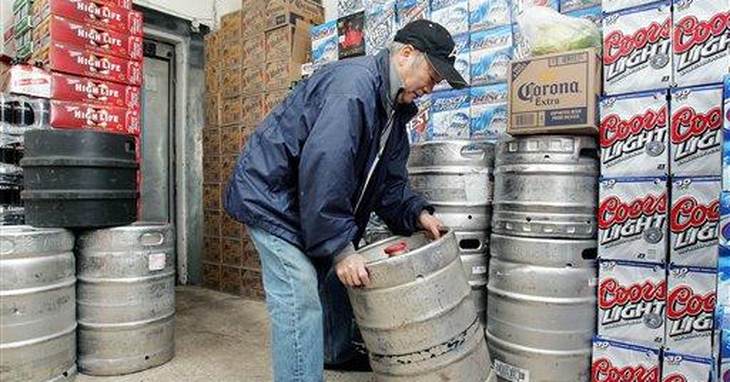
Draft beer, unsurprisingly, had a precipitous fall. There was actually a period in the early days of the shutdown when that market showed negative sales numbers. Kegs are not pasteurized, which gives them a shorter expiration date. My friend explained that as bar and restaurant closures were experienced, the major brewers showed good faith with their customers by offering them buybacks on the draft stock, as well as counting tapped kegs as empties, to avoid undue expenses on already struggling businesses.
Meanwhile, the smaller brewers were far less adaptable to a massive market shift — with smaller stocks of products and less flexibility to endure a shutdown of work. 2020 marks the first year of negative growth for the craft sector seen in decades. As their remaining cases were bought up they could not keep up with the shift to package, while the larger brands were able to keep pace. Also handicapping them were the amounts of taps in bars that stopped pouring, a primary source of revenue for the much smaller brewers.
This is seen in the drop in new product numbers. Overall, the beer industry saw a -2.9% in production, but it was the craft sector that felt it, with a -9.2% drop in new suds. Craft Brewers mostly withstood the pandemic, but the loss of tap customers was seen in the sub-category of regional brewers, where closures led to a loss in the total amount of those breweries.
In looking over the pandemic metrics for the beer industry the craft beer segment has been hit hardest. You see this in the segment that had a loss in breweries, as they rely the most on draft sales.
(Chart- Brewers Assoc.) pic.twitter.com/rUU5KOEcmE— Brad Slager – In Trouble More Than Pres. Biden (@MartiniShark) July 9, 2021
Ripple-Effect Shortages
Even as we get back to life and begin moving forward, there are challenges that remain. Inflation this year has already impacted pricing but across many areas, there is a new problem emerging: shortages. During our weekend, we hit a number of establishments and found a curiosity on some menus. Others have confirmed across the country they see chicken wings listed with a new sales figure — “Market Price.” This is due to shortages in the product.
Now, at first blush, this sounds wrong. The surge in returning customers is not creating a new demand since wings joints were always seen among the restaurants which remained open with takeout services. The shortage, though, is not due to a new demand taking place; it is higher up in the supply chain. What we are experiencing is the lag from the closures in the poultry suppliers and the meatpacking businesses. While they closed for a time, the product was still being consumed, and now the loss of production is coming home to roost.
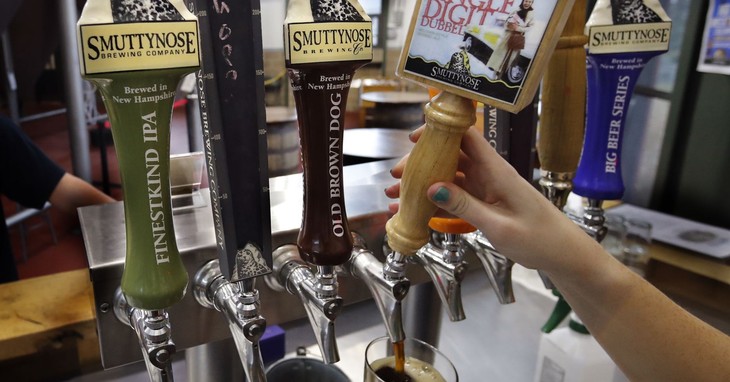
In a similar fashion, there is another shortage being seen with aluminum, as canning of beer is becoming problematic. The shutdown of mining and aluminum production was a factor, and this combines with a major shift to the package drinks. Pre-pandemic, more than half of the alcohol sales took place at on-premise locations. Those closures led to a higher demand for packaged goods, with one brewery executive declaring the demand for packaged beer in the early days of the pandemic matched those usually seen around the 4th of July. Add to that demand the expansion of the hard seltzer and RTD segments, and it means the usage only spiked more.
This puts a bigger strain on the small breweries. They have less flexibility with costs, so their product pricing will reflect a higher output for the containers — if they are available. One of the major can suppliers is Metal Container Corporation, which is a subsidiary of Anheuser-Busch InBev, and that means the company puts a priority on keeping up the supply for the parent company over its general customer base.
With this varying degree of changes and challenges to the marketplace, one thing is being revealed; the customers have returned. In May, bars and restaurants were measured to have an increase in sales of +30%, but that was not against depleted pandemic figures; it was an increase above the normal businesses patterns of May 2019. This is not due solely to higher prices. It has been measured that individual orders are also up, by +5%.
The people have not only been eager to get out, but they are also thrilled to be back.
